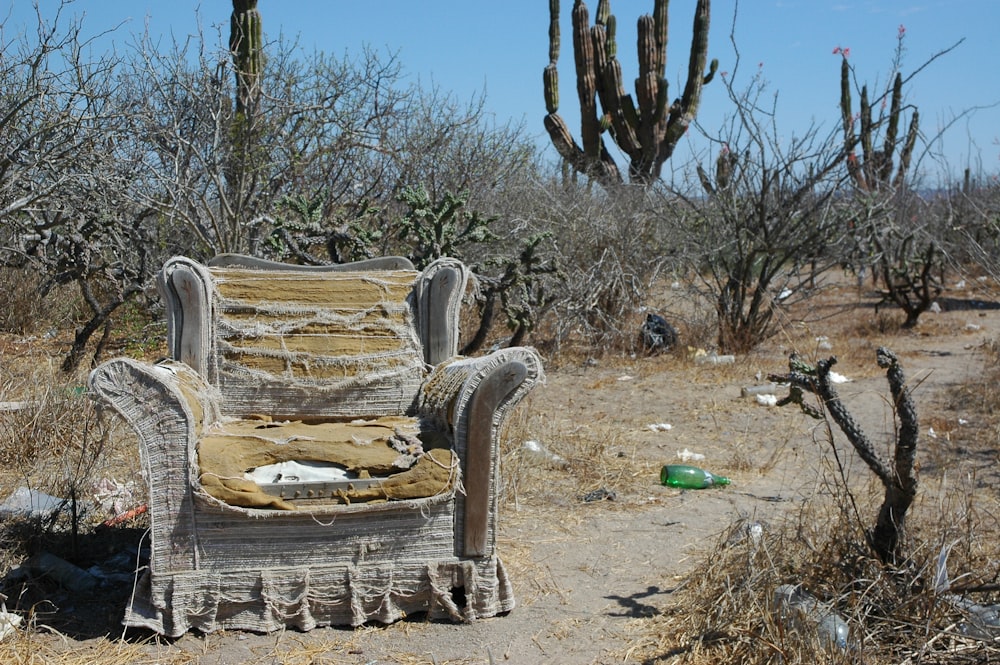Exploring the Art of Old Furniture Restoration
Old furniture possesses a unique charm that adds character and warmth to any space. However, over time, these pieces may lose their luster and suffer from wear and tear. Fortunately, with the right restoration techniques, you can breathe new life into old furniture and rediscover its timeless charm.
Assessing the Condition
Before embarking on any restoration project, it’s essential to assess the condition of the furniture piece thoroughly. Inspect for any damage, such as scratches, dents, loose joints, or missing hardware. Understanding the extent of the restoration needed will help you plan the necessary repairs and treatments.
Cleaning and Preparing
Once you’ve assessed the furniture’s condition, begin by cleaning it thoroughly to remove dirt, grime, and any old finishes. Use a gentle cleanser and a soft cloth to avoid damaging the wood surface. After cleaning, allow the furniture to dry completely before proceeding with any repairs or refinishing.
Repairing Damage
Next, address any structural issues or damage to the furniture. Repair loose joints, replace missing hardware, and fill in any cracks or gouges with wood filler. For deeper scratches or dents, consider using a wood restoration product to restore the surface to its original condition. Take your time with repairs to ensure they are done correctly and effectively.
Stripping Old Finishes
If the furniture has an old finish that needs to be removed, consider stripping it away to reveal the natural wood underneath. There are various methods for stripping old finishes, including chemical strippers, heat guns, and sanding. Choose the method that best suits the type of finish and wood species, and always follow safety precautions when working with stripping agents.
Sanding and Smoothing
After stripping away the old finish, sand the furniture to smooth out any imperfections and prepare the surface for refinishing. Start with a coarse grit sandpaper to remove any remaining finish or rough spots, then gradually work your way up to finer grits for a smooth and even surface.
Refinishing and Restaining
With the furniture stripped and sanded, it’s time to refinish or restain the wood to enhance its natural beauty. Choose a finish or stain that complements the wood species and desired aesthetic. Apply the finish evenly with a brush or cloth, following the manufacturer’s instructions, and allow it to dry completely between coats.
Protecting and Sealing
Once the refinishing process is complete, protect the newly restored furniture with a clear sealant or topcoat. This will help seal the wood, protect it from moisture and wear, and enhance its durability. Choose a sealant that is compatible with the finish you’ve applied and apply it evenly for optimal protection.
Adding Final Touches
Finally, add any final touches or embellishments to the restored furniture to enhance its appearance. Consider adding new hardware, such as drawer pulls or knobs, to give the piece a fresh look. You can also incorporate decorative elements, such as stenciling or hand-painted designs, to personalize the furniture and make it truly unique.
Enjoying the Results
With the restoration process complete, take a moment to admire your handiwork and enjoy the beauty of your newly restored furniture. Whether it’s a vintage dresser, an antique table, or a family heirloom, restoring old furniture allows you to preserve its history and bring it back to life for generations to come. Read more about old furniture

